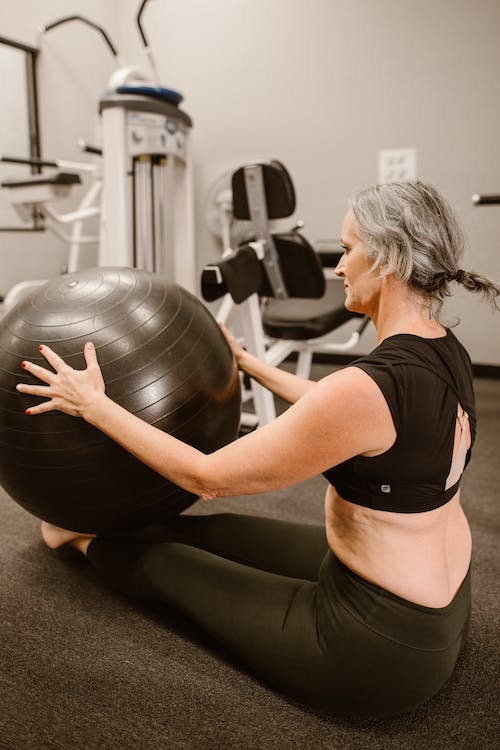If you are wondering what fibroids are, you have come to the right place. A common thing that women do is to take care of others, and then suffer through their own health issues, and includes having fibroids. A lot of women find it hard to talk about their own conditions and needs. Fibroids are also called Leiomyomas and are fibrous tumours that grow on the uterus wall. Nearly all cases are non-cancerous and women can have single or multiple fibroids ranging from small to larger. They are an important health concern among women so here are five things you should know.
1. Who in particular is affected and why do they happen?
As women age fibroids are more likely and are more common in women in their 40s and early 50s. Seventy to eight percent of women in that age range will develop fibroids though only about a quarter of those have symptoms. When a woman goes through menopause the fibroids commonly shrink. Women who are obese are at more risk but no-one knows the causes of them. While there are hormonal and hereditary components doctors do not have all the answers.
2. How do you know if you have them?
An important part of knowing what fibroids are is learning the symptoms to look out for. The fact is that the majority of women who have them do not have symptoms and just live with them. In those people who do have symptoms, these can be moderate to severe in how bad they are. They include;
- Heavy bleeding during your period, a lot of pain, and sometimes this can lead to anemia.
- Constipation and pain in the lower back from pressure being placed on your rectum.
- Pressure also on the bladder so that you have to urinate often.
- Large fibroids pushing into the stomach can cause bloating too.
- Emotional and mental challenges including anxiety, poor body image, depression and poor quality of life.
3. When bleeding should take you to your doctor
If the bleeding is interfering with your everyday life, you are bleeding between periods or having more than one period a month, your period lasts more than seven days, the blood clots are larger than a golf ball, or you are getting through a lot of pads and tampons in a short period, then these are signs you should seek help from your doctor. Be sure to check out options like womens doctor parramatta and others for help.
4. How do they diagnose fibroids?
Your doctor might feel it during a pelvic exam and then to confirm it an imaging test is needed like an MRI, ultrasound or hysterosalpingography. Sometimes there are blood panels or tests ordered.
5. What are the treatment options?
A lot of women do not need treatment. For those that do, it is not automatically a definite requirement to have a hysterectomy. There is a range of options to try first, medications, more minor surgical options and such. Every patient is different and treatment depends on their health and their symptoms as well as the size and the location of the fibroid among other things.
Women with fibroids might face postural issues
Women with fibroids can have postural issues if they are obese. Obese women often do not maintain a good posture and that can lead to issues like Kyphosis where they have a slightly hunched appearance and rounded shoulders, or Swayback, where the upper back curves forward because of where their weight is centred.

